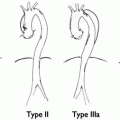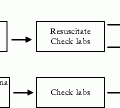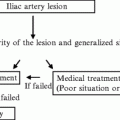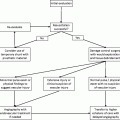Country
Specialty type
Years of training
GS
VS
Total
Russia
Nb
2
3
5
Austria
S
6
3
9
Belgium
Na
6
2
8
Finland
M
3
3
6
Turkey
Na
5
0
5
France
M
2–3
4
6–7
Germany
M
2–3
4
6–7
Switzerland
S
6
3
9
Greece
M
3
4
7
Hungary
S
6
2
8
Slovakia
M
2
4
6
Italy
M
0.5
4.5
5
Netherlands
S
6
2
8
Denmark
M
2
5
7
Norway
S
4–5
3
7–8
Portugal
M
2
4
6
Cyprus
M
2
5
7
Spain
M
1
4
5
Czech Republic
M
2
4
6
Sweden
S
2
4–5
6–7
Croatia
S
4
2
6
Swiss
S
6
3
9
UK
Na
8–11
2
8–11
4.3 Revised Curriculums and Training Programmes to Promote Uniformly High Standards of Training in Endovascular Therapy Across Europe
Catheter-based endovascular techniques have advanced significantly over the past 2 decades. Trainees now regard endovascular training as mandatory, as these techniques will represent half of their future practice7. Based on the increasing demand for fully trained vascular surgeons, modified programs of vascular training are established in Europe4,5,8. Accompanying the British residency training reform, representatives of the Vascular Society of Great Britain and Ireland and the British Society of Interventional Radiology (BSIR), in March 2007, discussed the need for a new joint program that aims to enhance the cooperation between both disciplines and achieve a closer working relationship. The proposed training program includes an initial cooperative 2 years post-foundation training. This 2 years post-foundation training program gives emphasis on imaging, interventional radiology, emergency and elective surgery. Following an examination, that will lead to MRCS (Member of the Royal College of Surgeons) or FRCR (Fellow of the Royal College of Radiologists) the trainee (vascular surgeon or radiologist), follows 4 more years of core and advanced training in his specialty.
4.4 The Role of European Board of Vascular Surgery
The European Board of Vascular Surgery comes to bridge the gap between the training systems, by establishing a paneuropean examination discipline: The Annual European Board assessments in Vascular Surgery (EBVS-EXAM since 2005, previously known as EBSQ-VASC) 9,10




Stay updated, free articles. Join our Telegram channel

Full access? Get Clinical Tree







